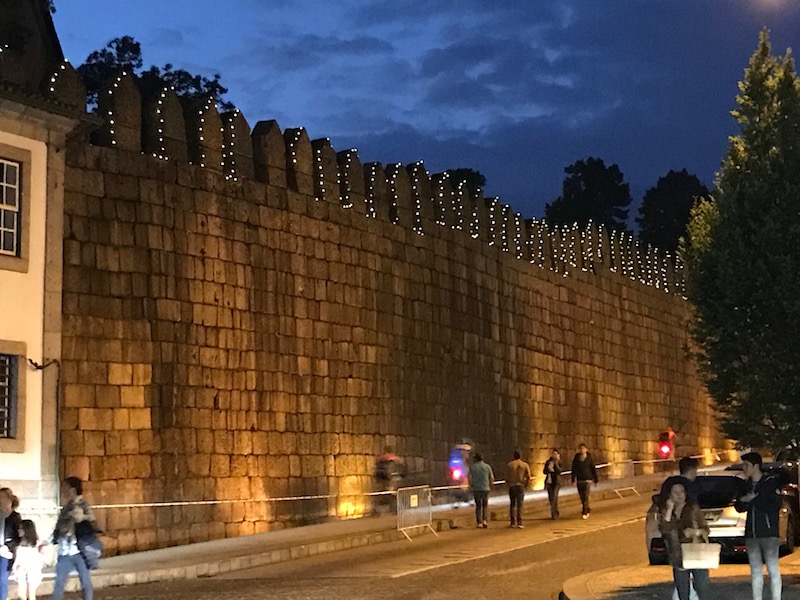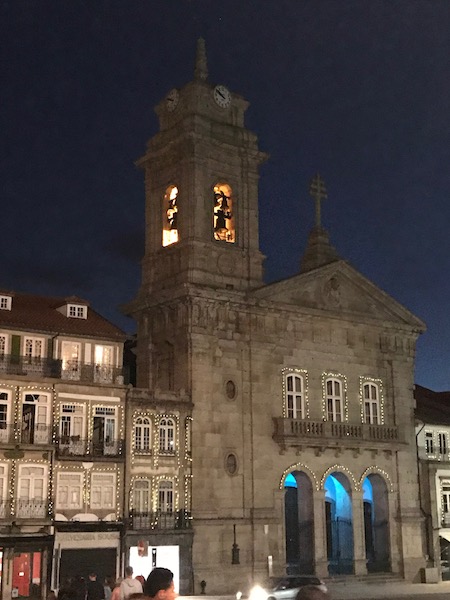Our Blog - Guimarães, Portugal
Another place on Liliana's list of amazing places to see in Portugal was Guimarães, which has a medieval city center and many people (based on various blogs) consider it one of the most beautiful cities in the Northern part of Portugal. The entire historical town center is a UNESCO World Heritage site. The city was settled in the 9th century, at which time it was called Vimaranes. The city is often referred to as the "birthplace of the Portuguese nationality" for 2 reasons: first, it is widely believed that Portugal's first King, Afonso Henriques, was born there and second, major political and military events that would lead to independence took place in Guimarães.
First on the list of sites was the Convent of Santa Clara. Dating back to the 16th century, it has a Baroque facade but a Neoclassical cloister.
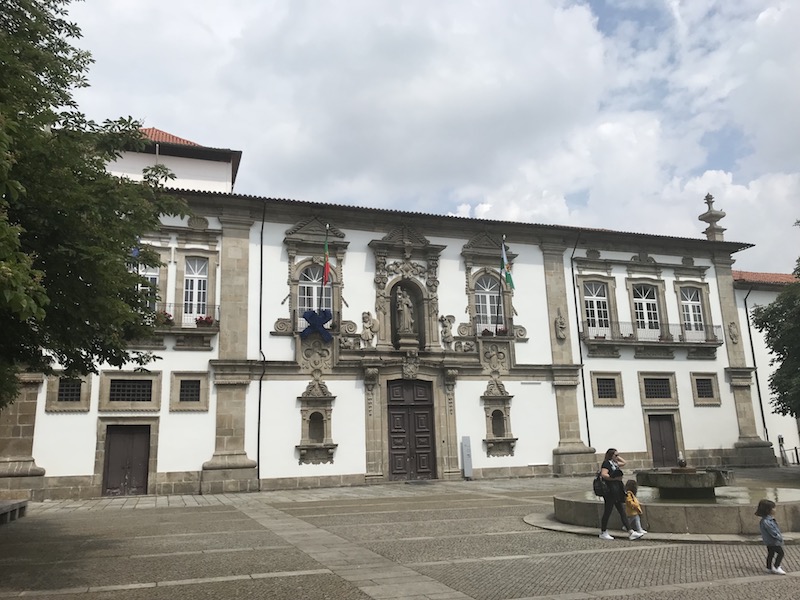
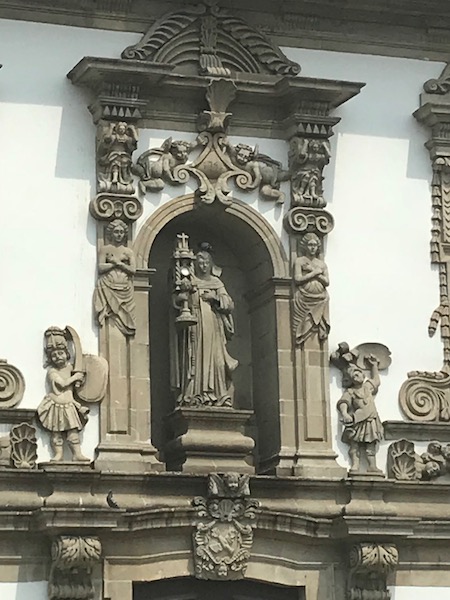
The Dukes of Bragança Palace (sometimes I've seen it spelled Braganza) was inspired by 14th century North European architecture. The austere interior has been restored and is filled with 17th century furniture and decorations. It was ordered built by Afonso, by Afonso, Count of Barcelos, the illegitimate son of John, and future Duke of Bragança. By 1881, the site was in a state of ruins, serving as a barracks for various regiments and battalions and it was reconstructed based on the analysis of other medieval palaces of the period.
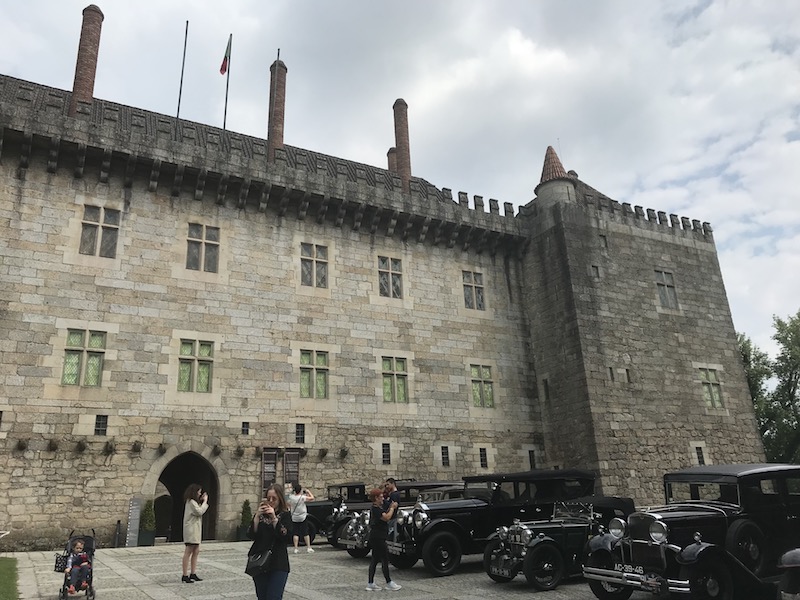
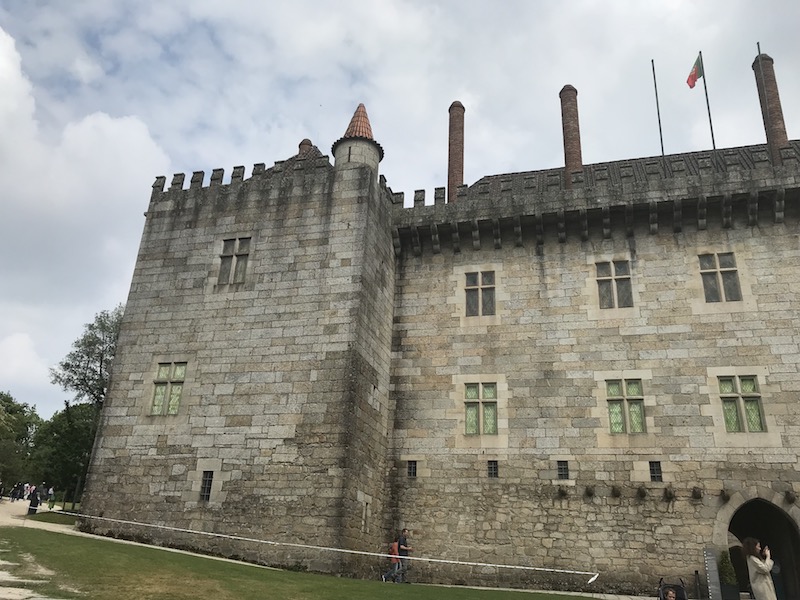
The rather bland interior includes simple granite walls with wooden ceilings and either tile or wood floors. This first room, with two huge tapestries on the walls, is called the Hall of Lost Steps.
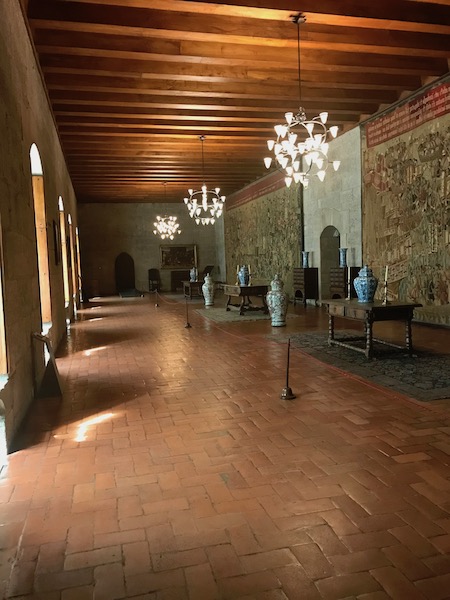
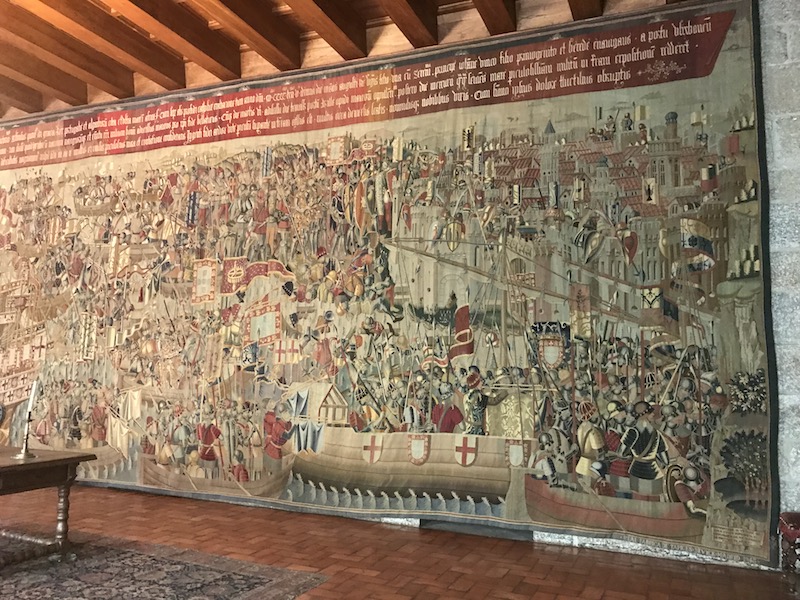
The Armory contains some weapons and armor dating from the 15th to 19th centuries.
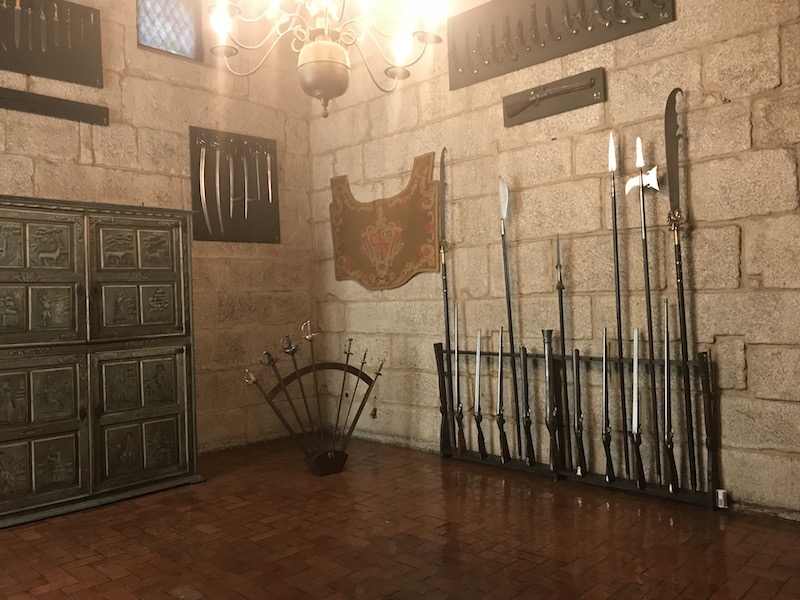
The Banquet Hall has a roof designed to look like an inverted boat shape, which makes the room look large and grandious.
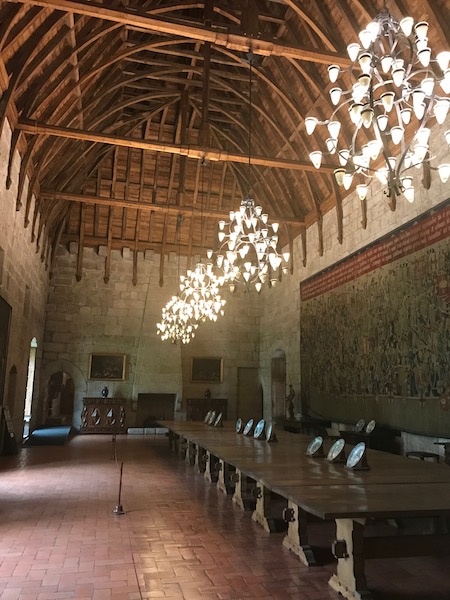
The courtyard was empty, but you can see the nice Gothic arches.
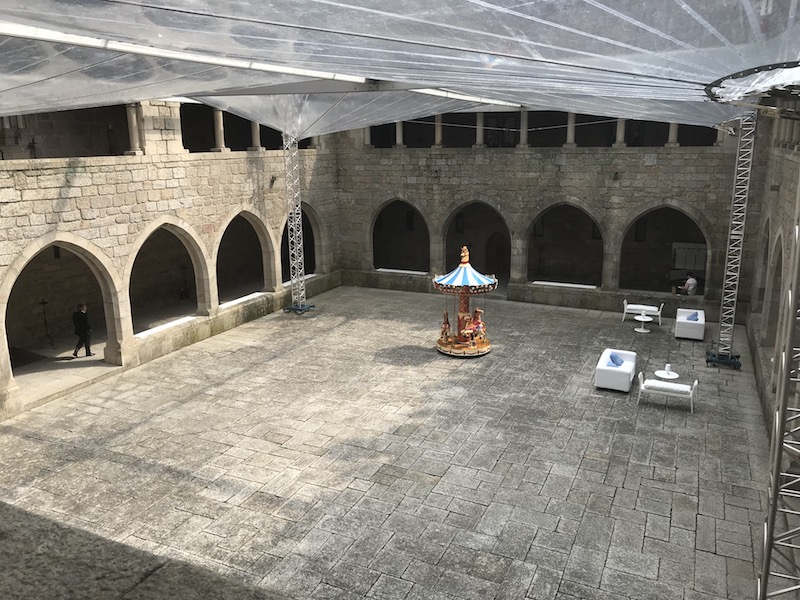
The chapel and its stained-glass windows
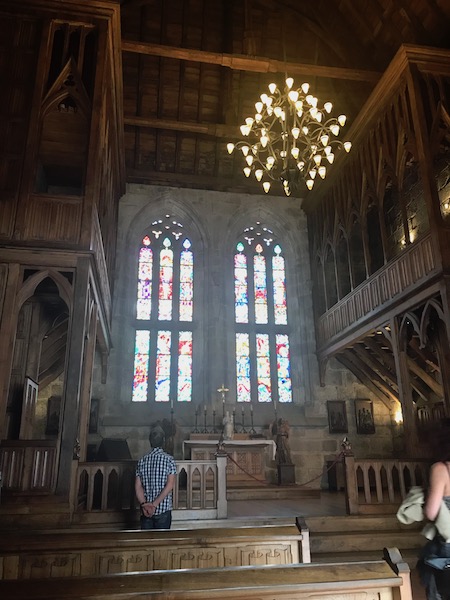
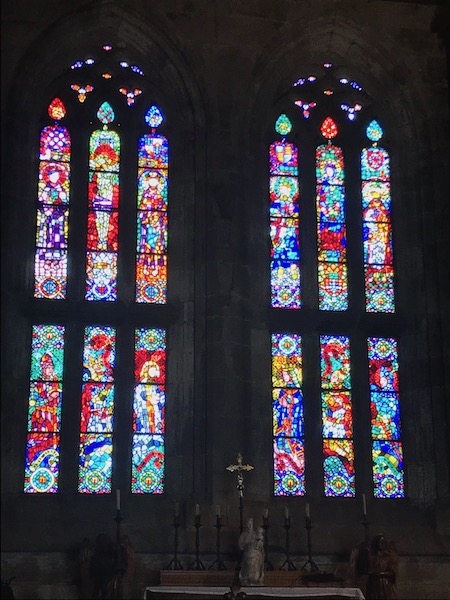
Tom is thinking we need to get this type of desk for the new apartment ... hmmmm....
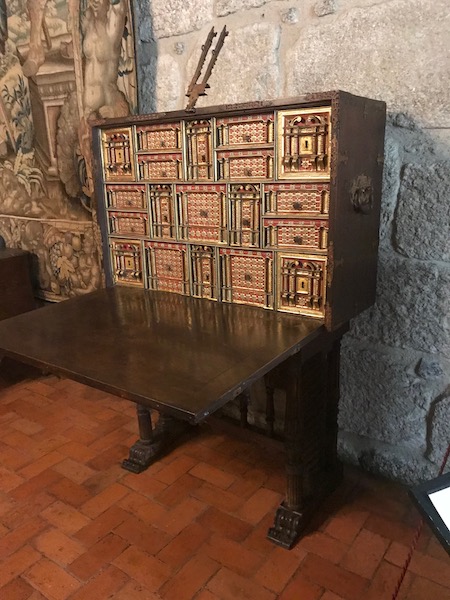

The Castle of Guimarães was built under the orders of Mumadona Dias in the 10th century to defend the monastery from attacks by Moors and Norsemen. It is built on a small hill formed from granite, and you can still see huge boulders on the grounds. It is just a shell now, really (although it has a section that has a nice museum), but you can walk up and around the walls.

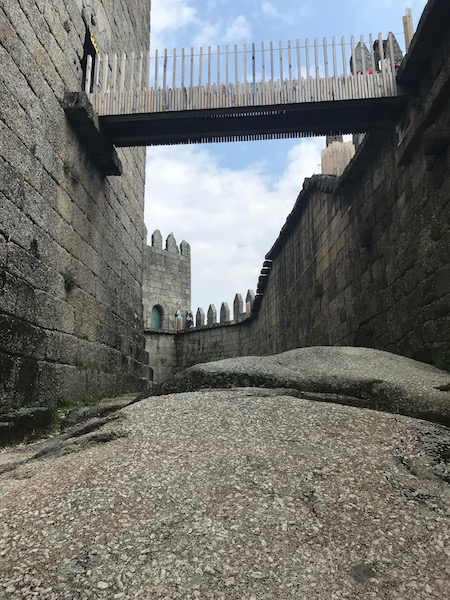
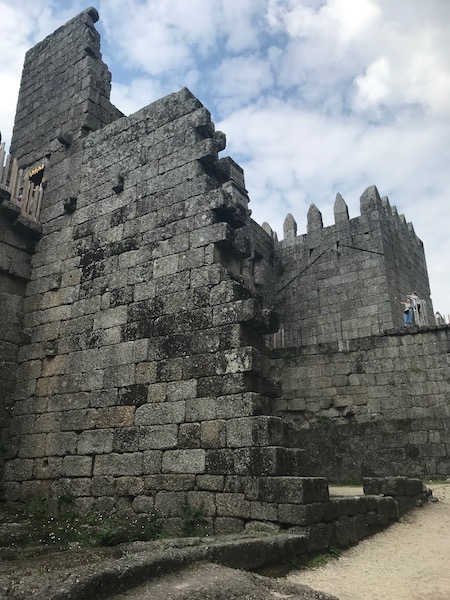
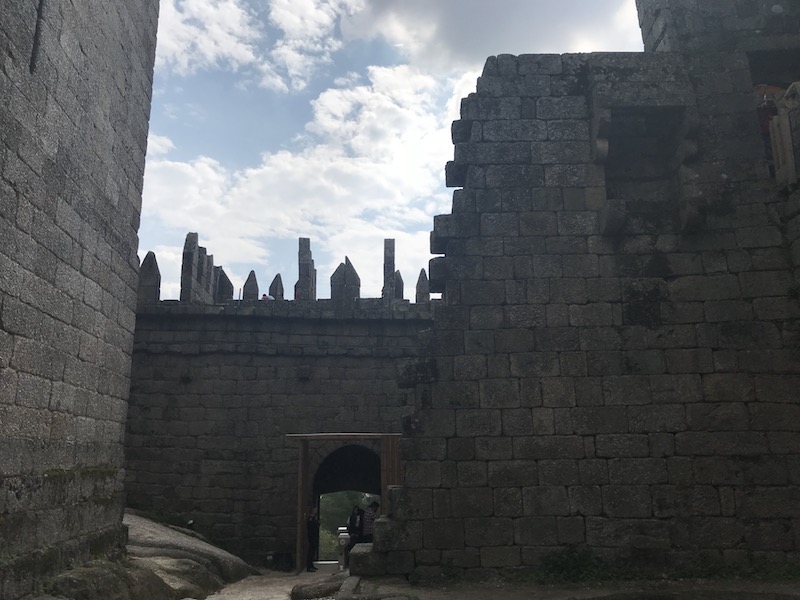
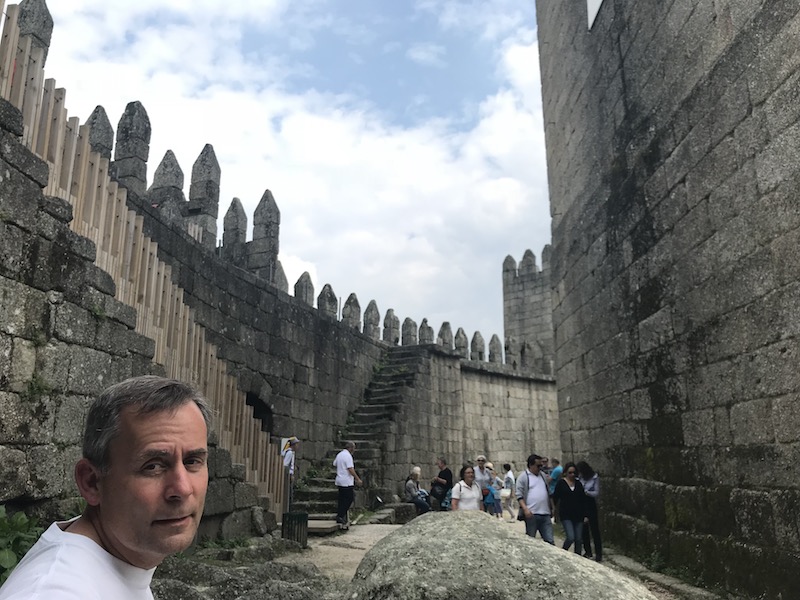
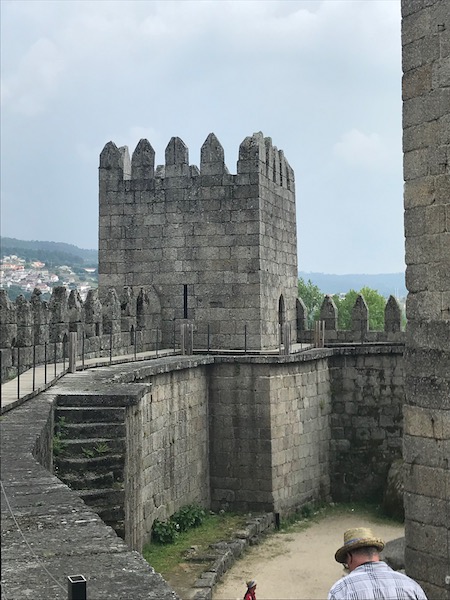
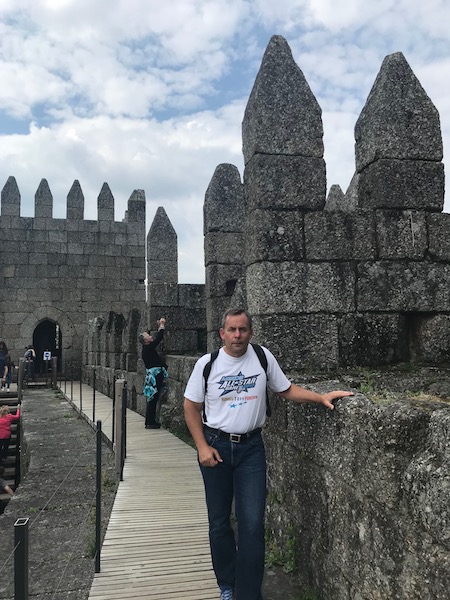
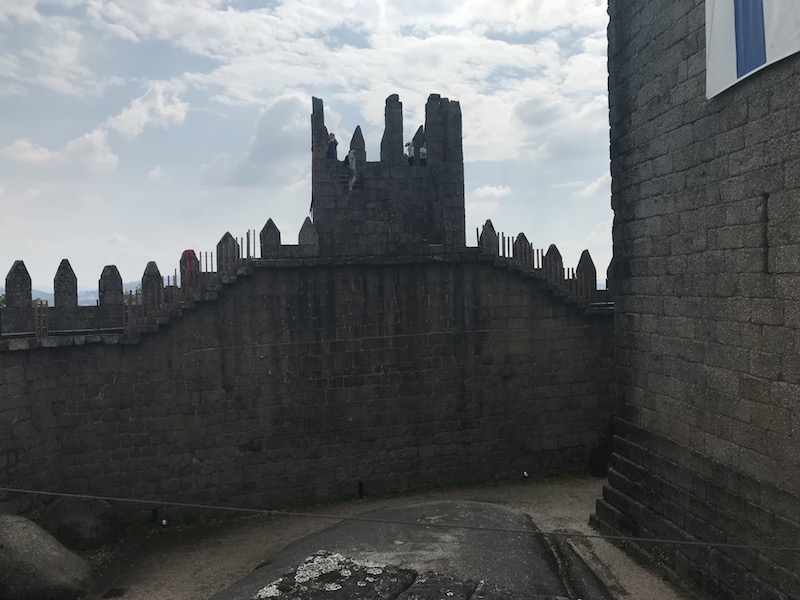
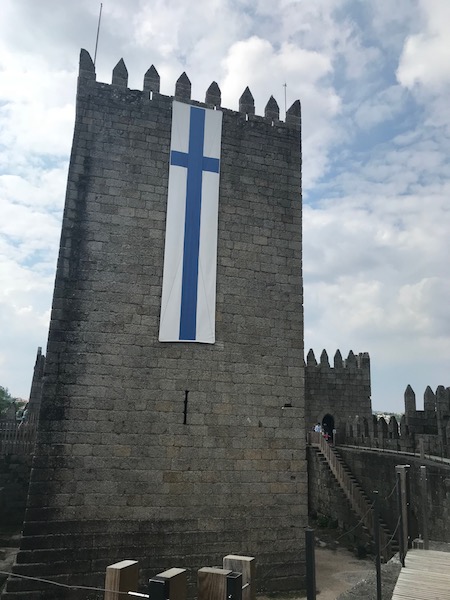
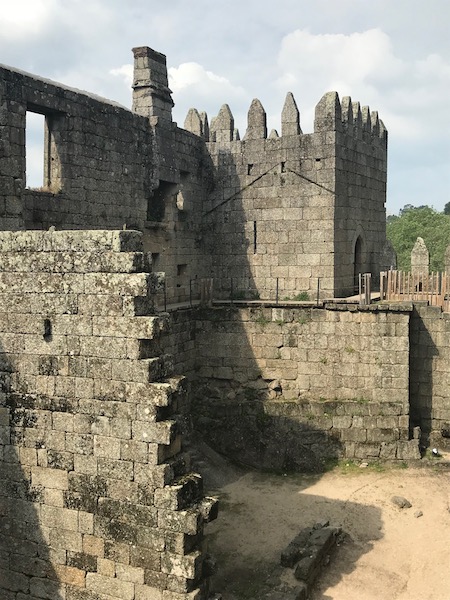
And the view isn't bad either :-)
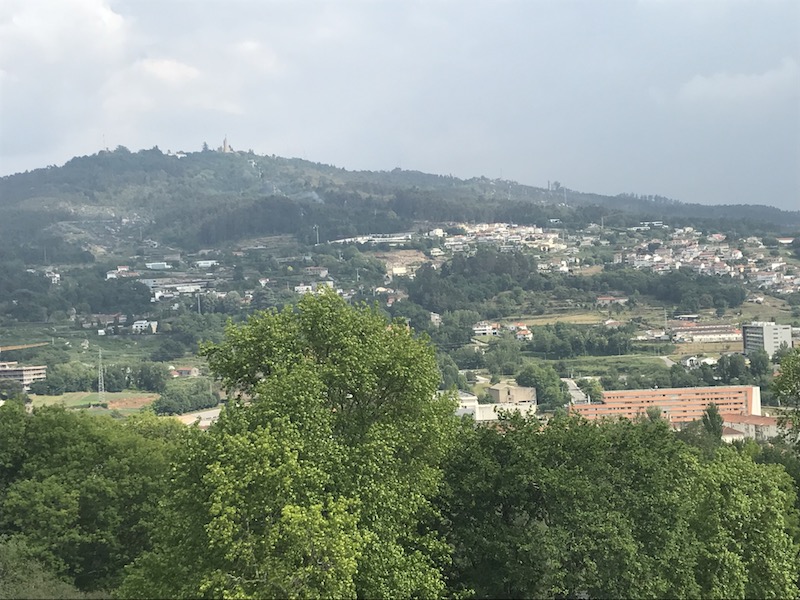

So here is Tom having fun in the museum! It was actually a bit interesting, as it showed a few phases, like from the 13th and 14th centuries (the Gothic age) when 8 turrets were added and the walls slightly raised, so it took on the look we see today.
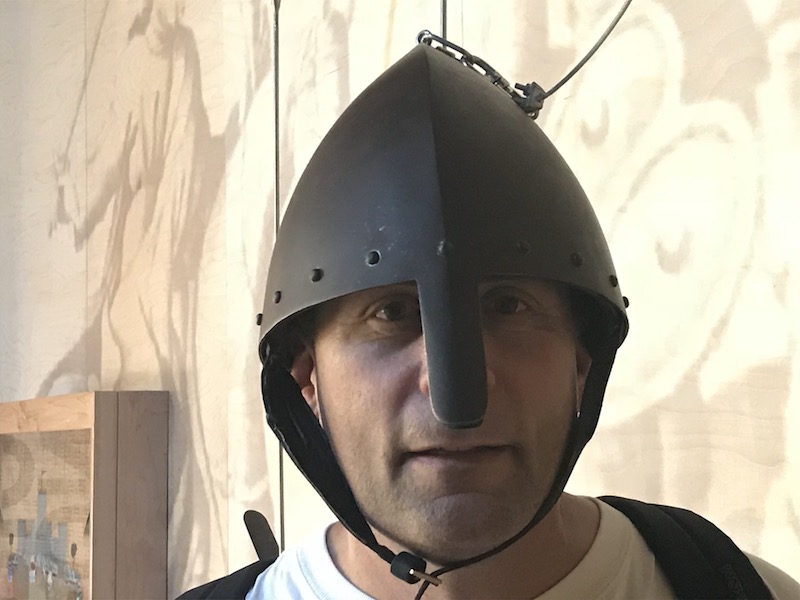
Dinner at a local restaurant, where we sampled a few local dishes, including some grilled octopus and fried meat cakes.
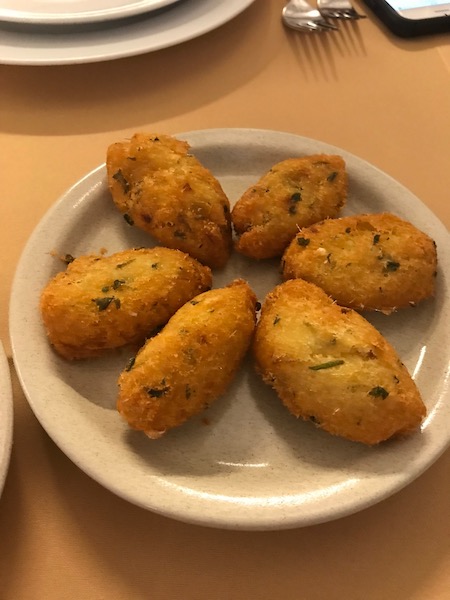
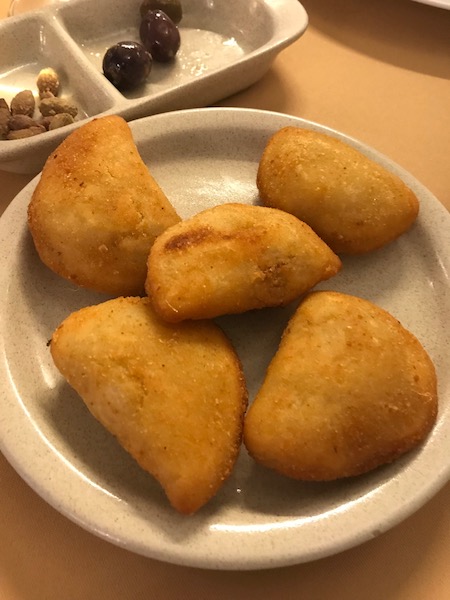
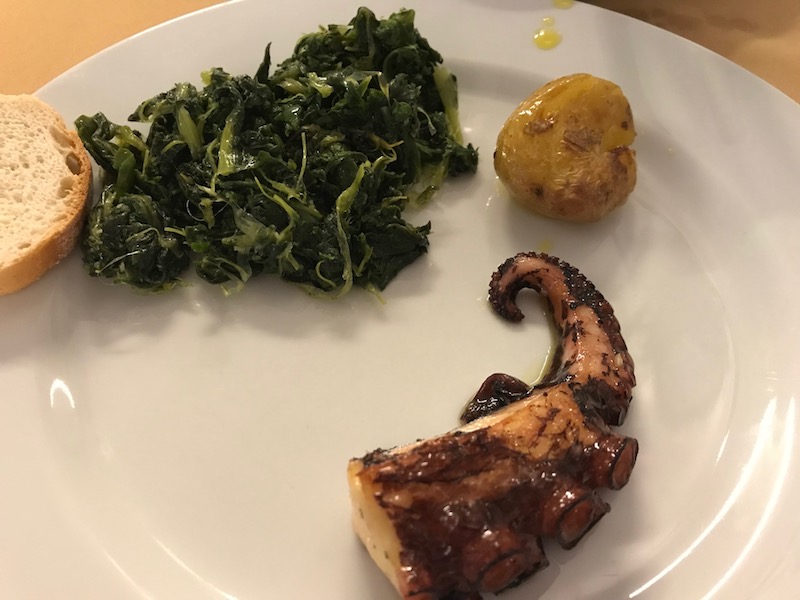

We had seen the setup for this from the castle, but the action was at night. The Urban Race seemed to be a bike race through the city streets of the old town including different obstacles (like bridges). Not great pictures, but it was difficult to get good "action" pictures with my iPhone.
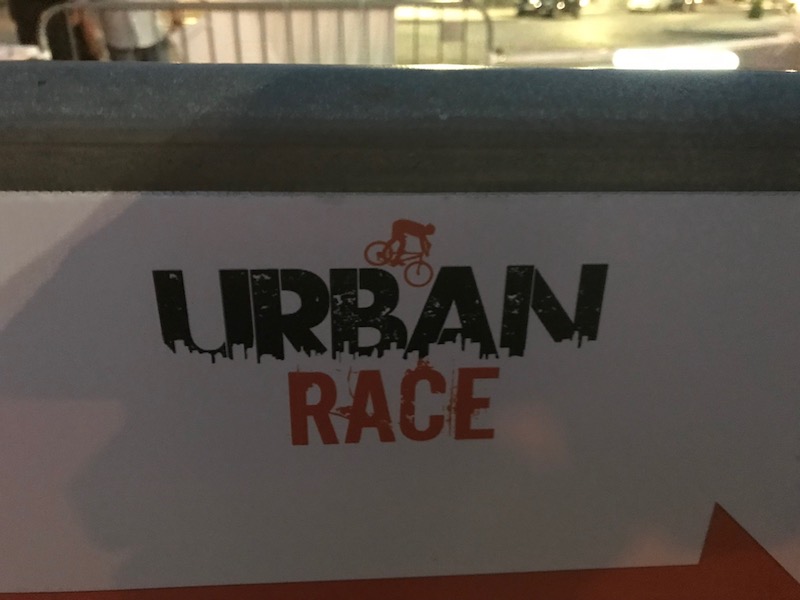

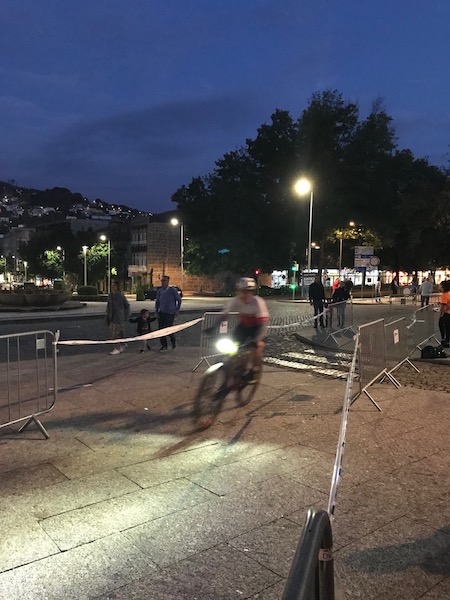
And a few nice pictures of the city lit up at night.

